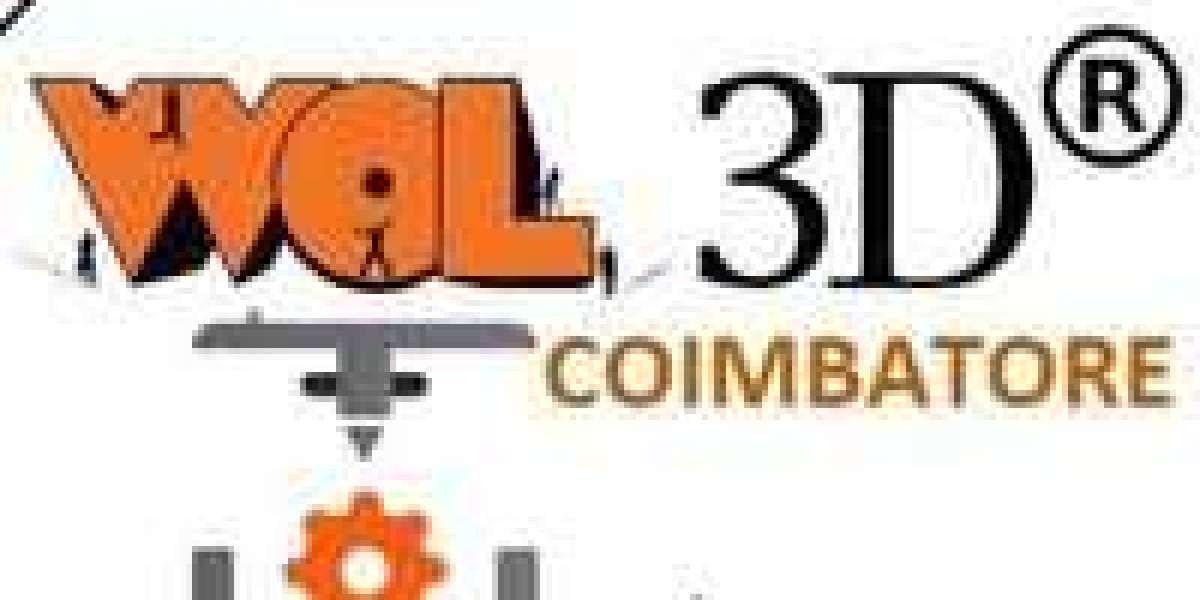Accurate cost forecasting is critical to success in the construction industry. Projects often go over budget because of unexpected expenses, resulting in delays and financial burdens. Fortunately, technology provides answers to improve cost predictions and minimize risks. Construction Cost Estimating Services today use high-tech tools to make estimating easier. The tools collect data, identify trends, and produce more accurate estimates, which can help companies control costs better.
Data Collection and Management
Effective data collection is one important aspect of cost forecasting; technology makes this process easier by allowing teams to store and gain access to project data based on cloud-based platforms. Consolidation of information, such as material prices, labor rates, and historical project data is done in a central location; thereby, ensuring that the estimator has the latest figures which reduces the risk of committing errors based on old figures. Organized data management also speeds up the estimating process, allowing teams to focus on strategic planning.
Advanced Analytics and AI
Artificial intelligence has transformed the way cost estimates are prepared. AI tools analyze large datasets to find patterns and trends that humans might miss. It is possible to predict future costs more accurately by looking at previous projects. Machine learning algorithms keep improving as they are exposed to new data, and therefore, estimates improve over time. Predictive analytics can also identify potential risks and suggest mitigation strategies, thereby helping teams make informed decisions and avoid costly setbacks.
Real-Time Tracking and Monitoring
Construction projects are dynamic, with costs that can change due to market changes or unforeseen challenges. Real-time tracking tools help project managers monitor expenses in real-time. These tools send alerts when costs deviate from the budget, and teams can respond to these issues immediately. Early detection of cost overruns prevents budget blowouts and keeps projects on track. Real-time monitoring also promotes transparency whereby at every stage, the financial status is known to all the stakeholders.
Digital Collaboration Tools
Cost forecasting relies highly on communication. Digital collaboration platforms link project teams, suppliers, and clients to facilitate easy sharing of information. Instant exchange of updates, documents, and cost breakdowns is enabled on these platforms. The rate of errors and misunderstandings declines, and the pace of decision-making increases, giving teams the agility to act swiftly in the face of challenges and remain within the budget.
Estimating Software Solutions
Modern cost estimation relies on estimating software, which helps to avoid many mistakes and simplifies the entire calculation process. Estimators will enter all project details, and then the software will come up with detailed breakdowns of labor, materials, and equipment costs. Many of these tools offer scenario analysis, enabling teams to explore different outcomes and prepare for various possibilities. Automated reports simplify the presentation of estimates, which will be easier to present to stakeholders and gain their acceptance of the project.
Integration with BIM Technology
Building Information Modeling (BIM) technology revolutionizes project planning and cost forecasting. BIM develops digital models of a project with physical and functional characteristics. The model allows cost estimators to envision materials, construction sequences, and design changes. It further updates the cost estimate in real time as changes are made to the design to ensure accuracy throughout the lifecycle of the project. With this integration, forecasting will be more accurate, and resource management will be improved.
Cloud-Based Solutions for Flexibility
Cloud computing is flexible and scalable, which is a requirement of modern construction projects. Cloud-based solutions allow teams to access data and software from any location, making remote collaboration easy. This is particularly useful in large projects that are dispersed across multiple sites. It also reduces IT costs as it does not require infrastructure on-premise. It also provides secure storage and backup options, ensuring critical data is protected and always accessible.
Improved Risk Management
One of the most important advantages of technology in cost forecasting is to better manage risk. Advanced tools can simulate various project scenarios and determine their financial impacts. This will allow teams to identify potential risks early on and develop contingency plans. Better tracking of market conditions can also be achieved, for example, fluctuating material prices or labor shortages that may influence costs. They can make proactive decisions in controlling risks and staying within the budget by anticipating such changes.
Conclusion
Technology has fundamentally transformed the way construction companies address cost forecasting. With applications such as AI, BIM, and estimating software, Construction Cost Estimating Services can provide estimations that are more precise and efficient. Real-time tracking, digital collaboration, and cloud-based solutions further develop project management, ensuring even better cost control and reduction of risks. As technology continues to advance, the construction industry will stand to gain even more precision and efficiency, which will lead to more successful projects and delighted clients.









